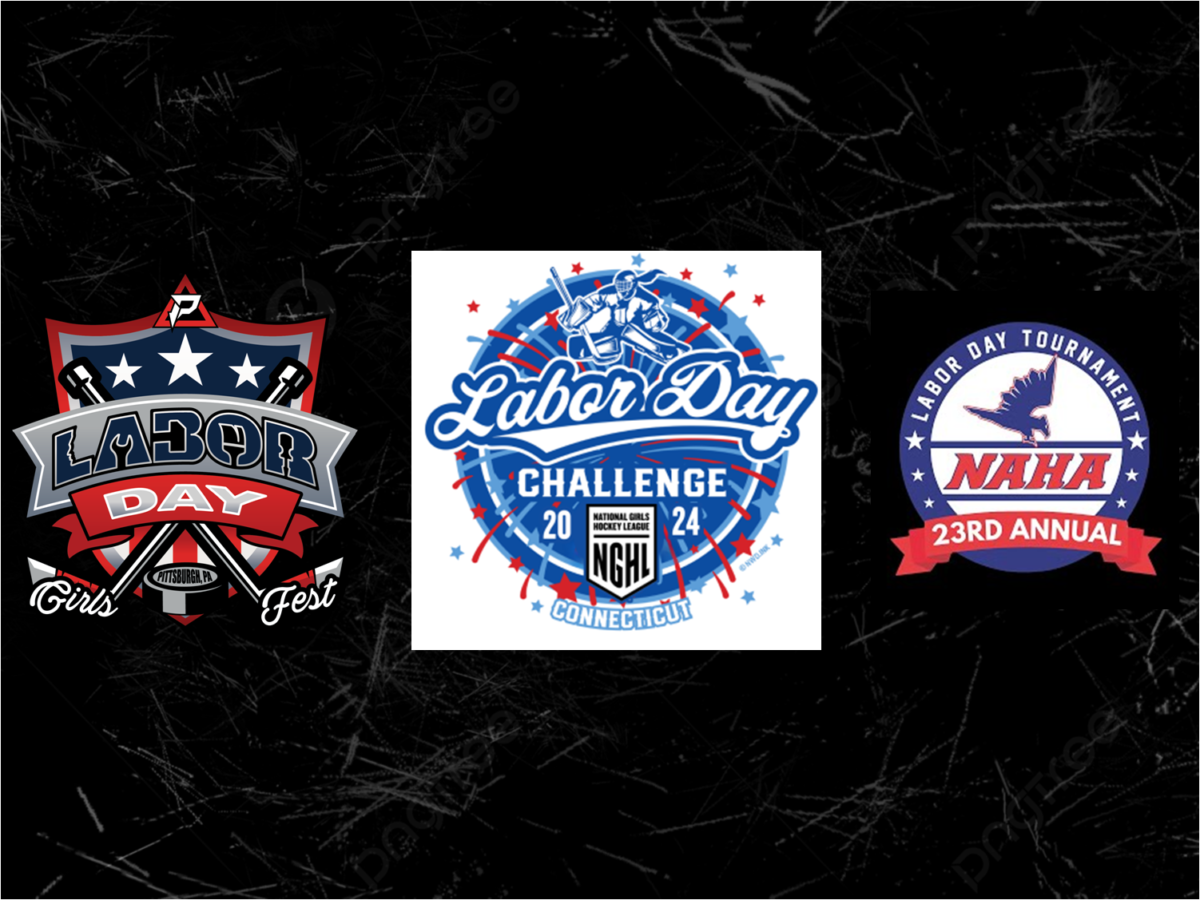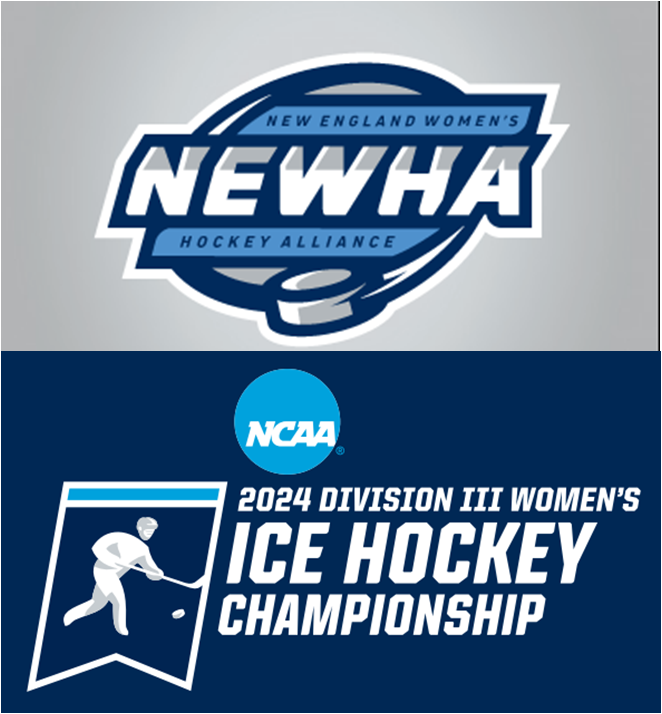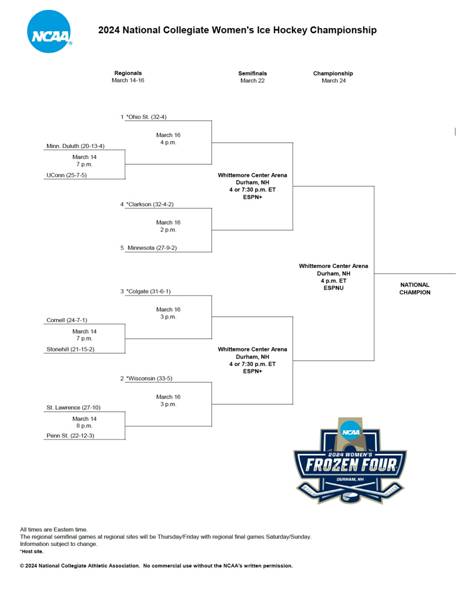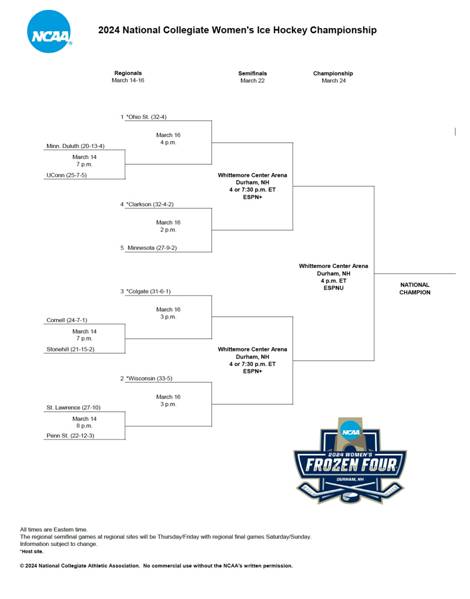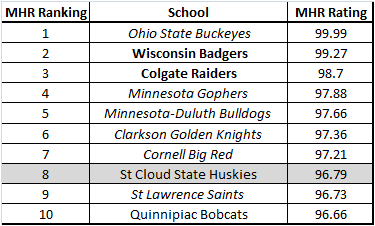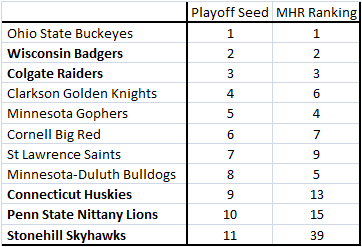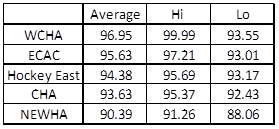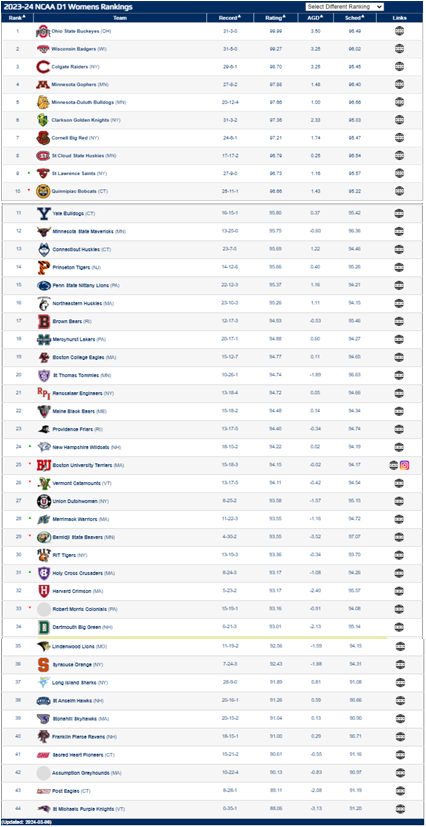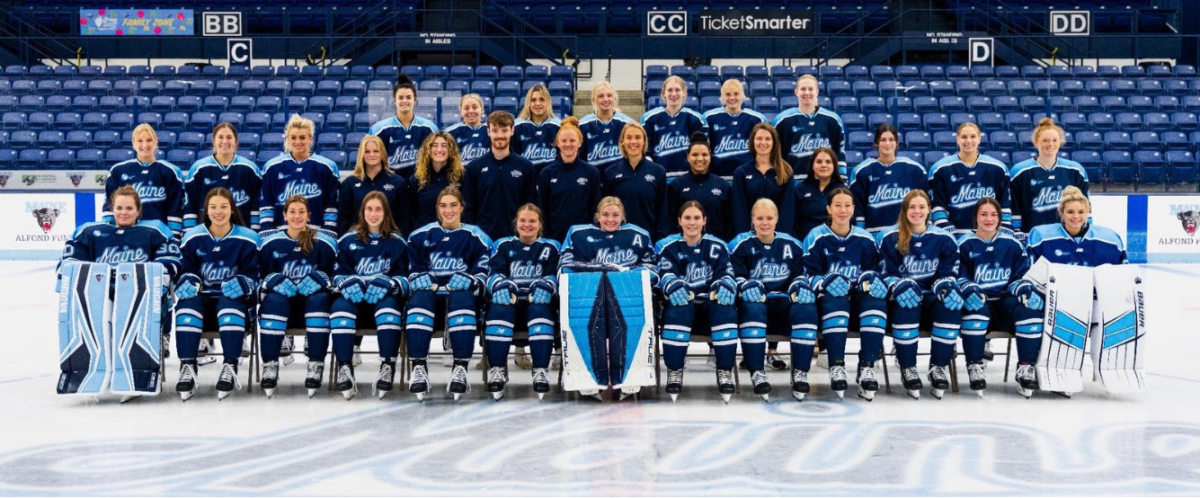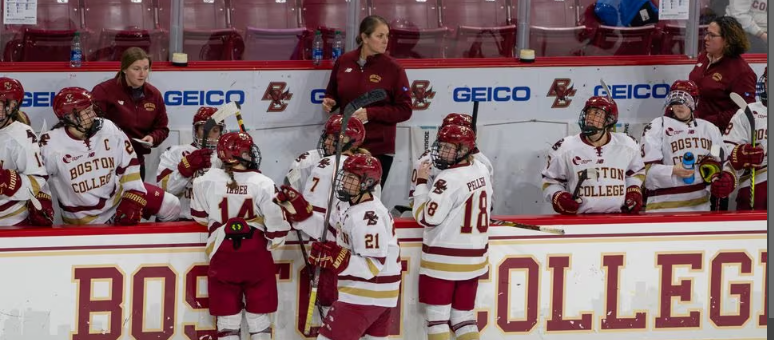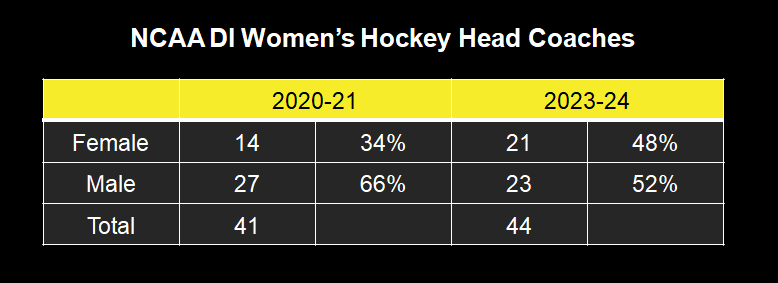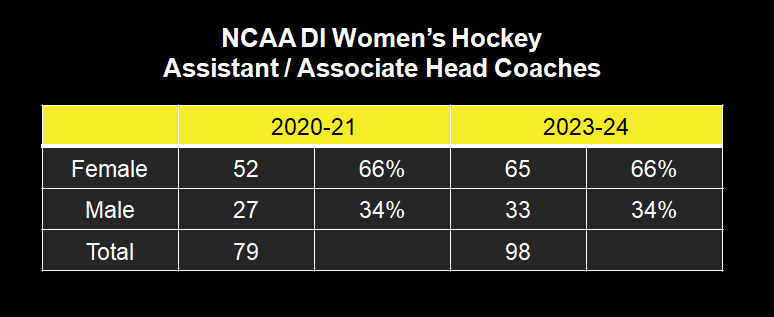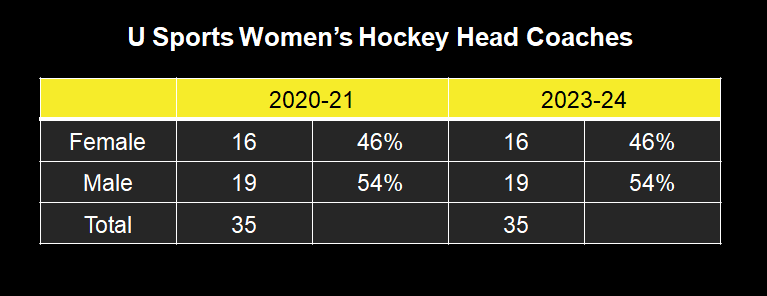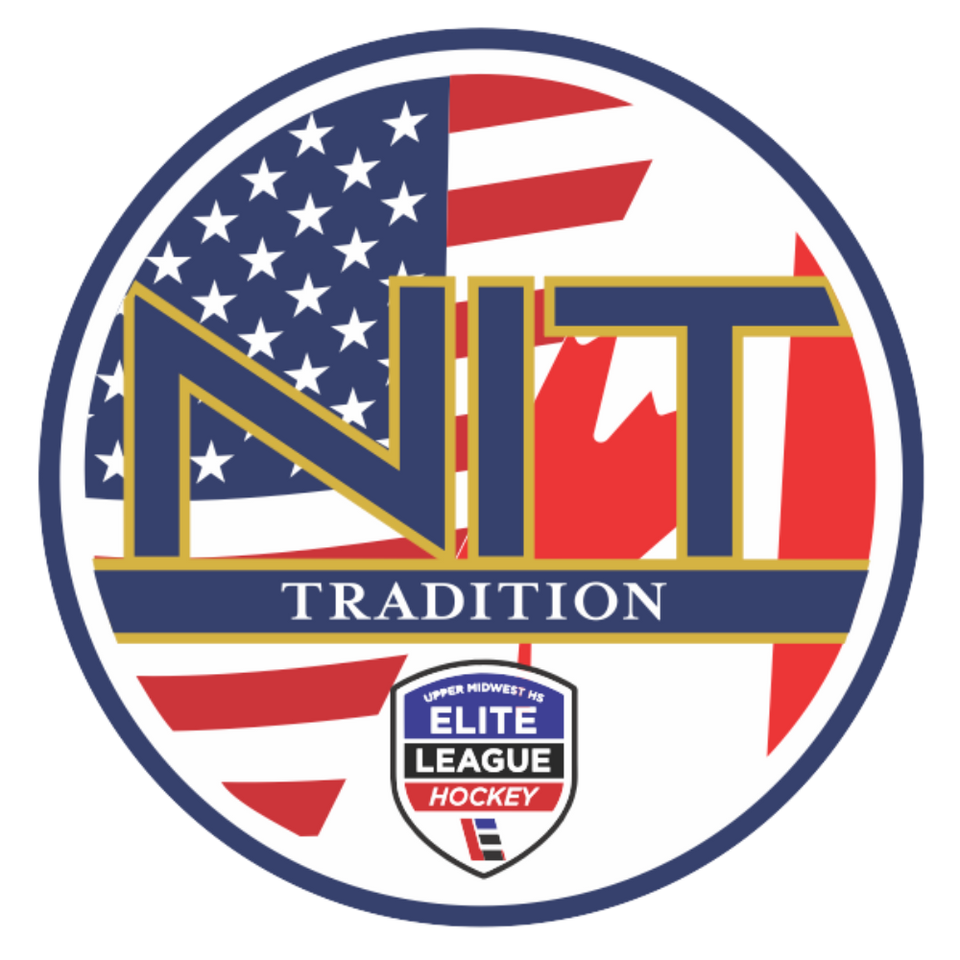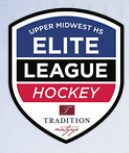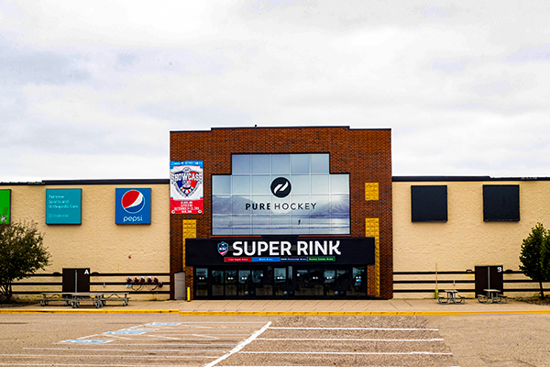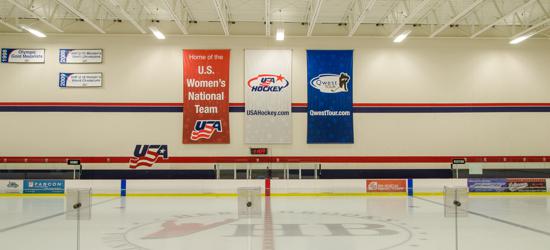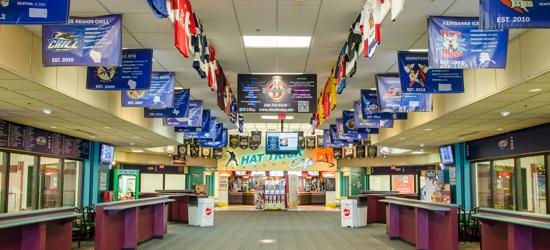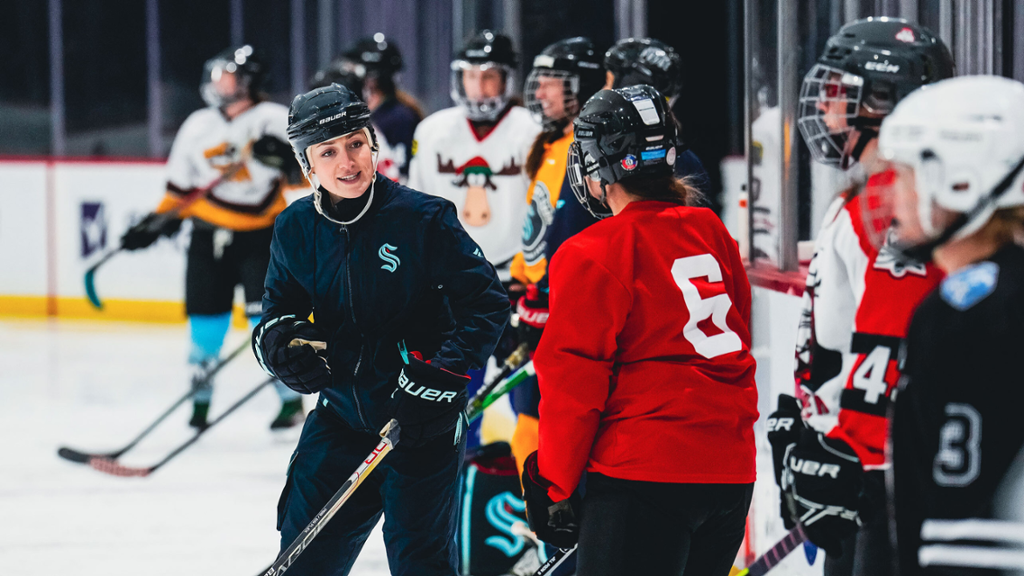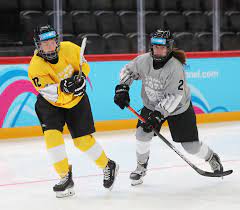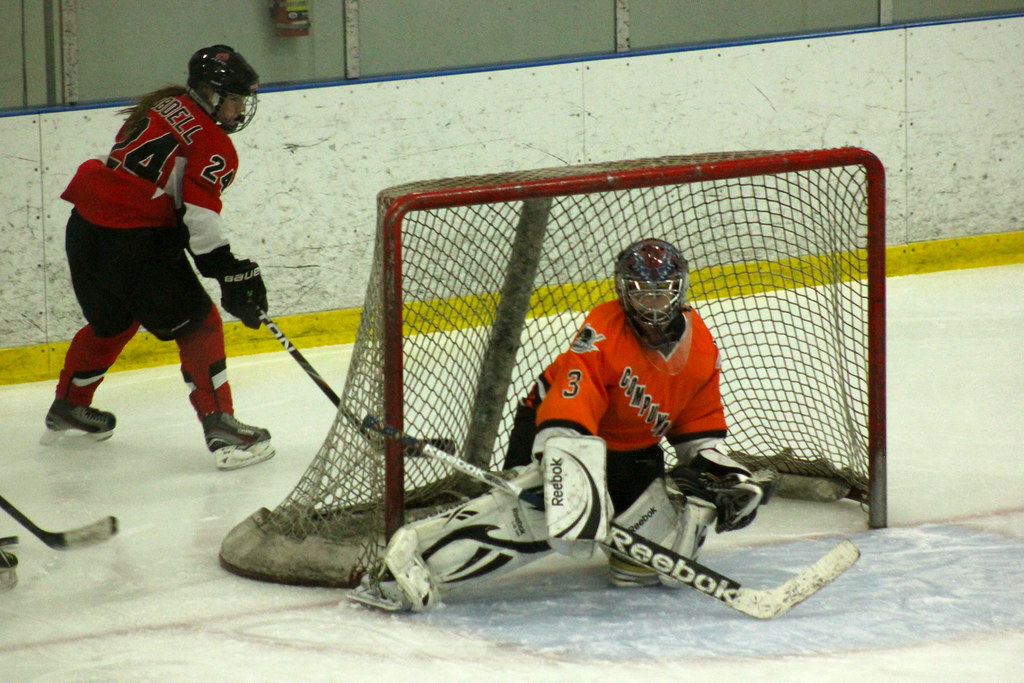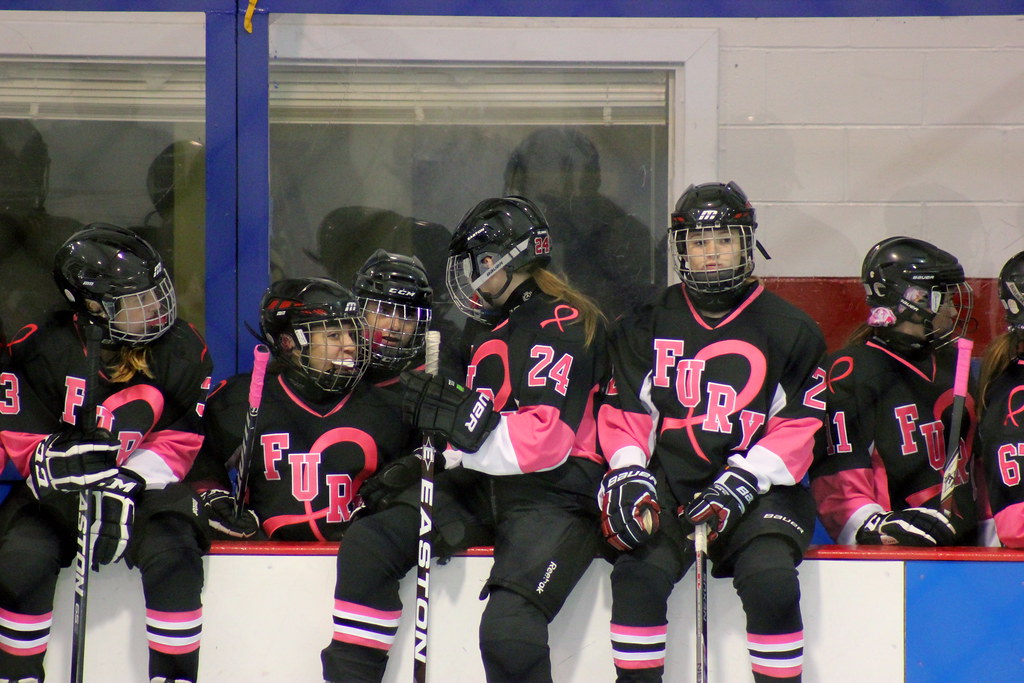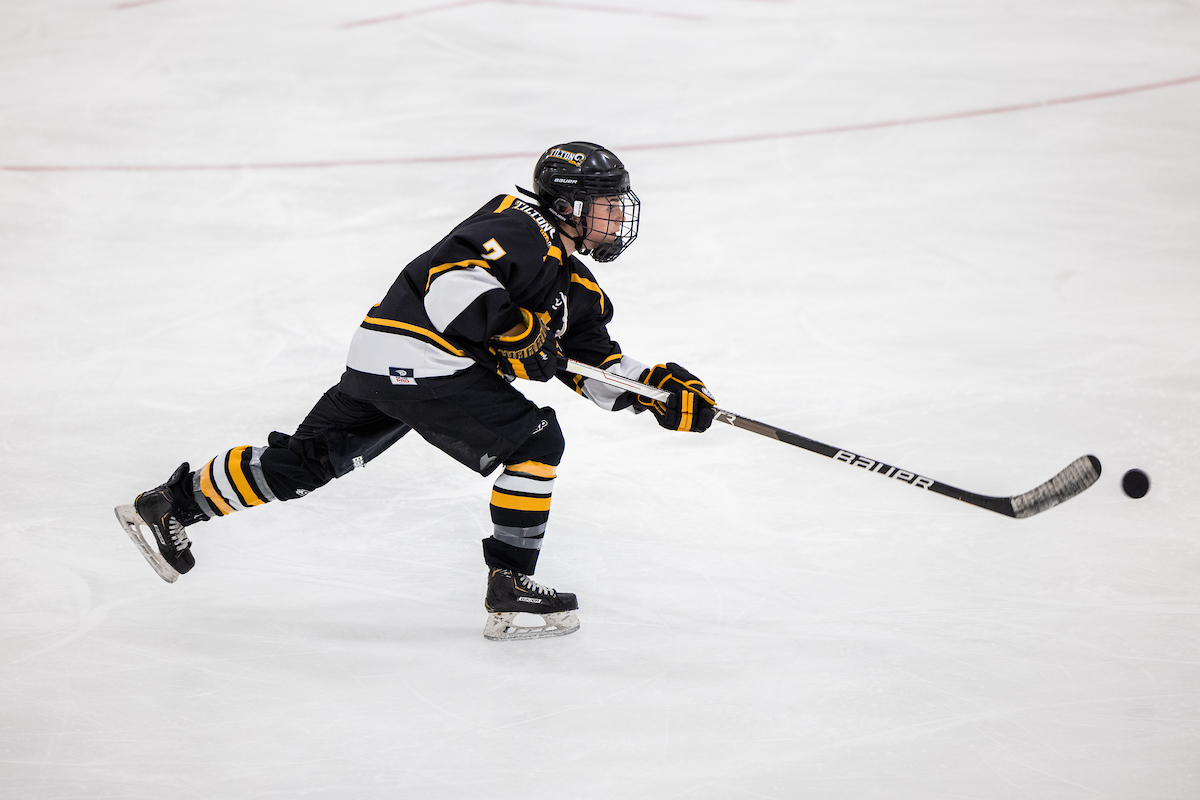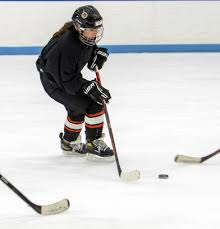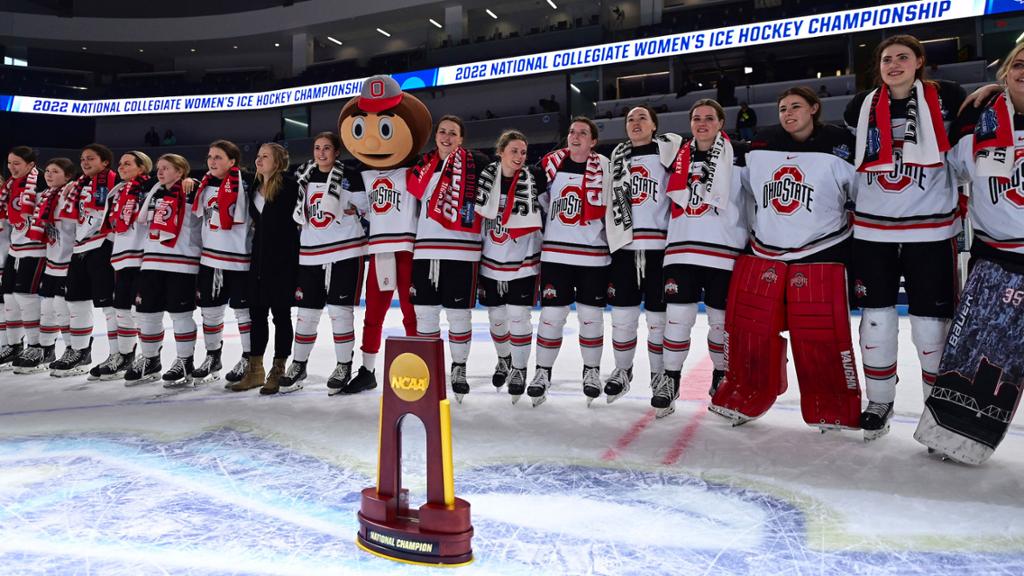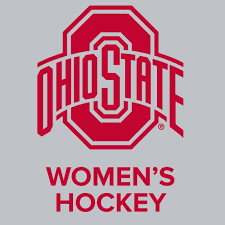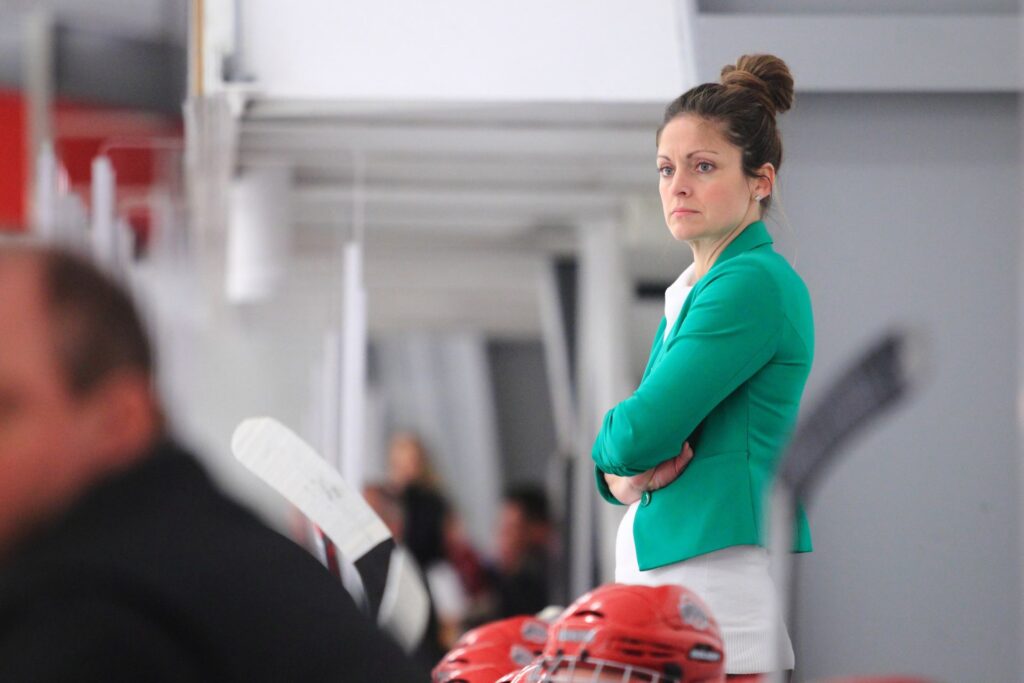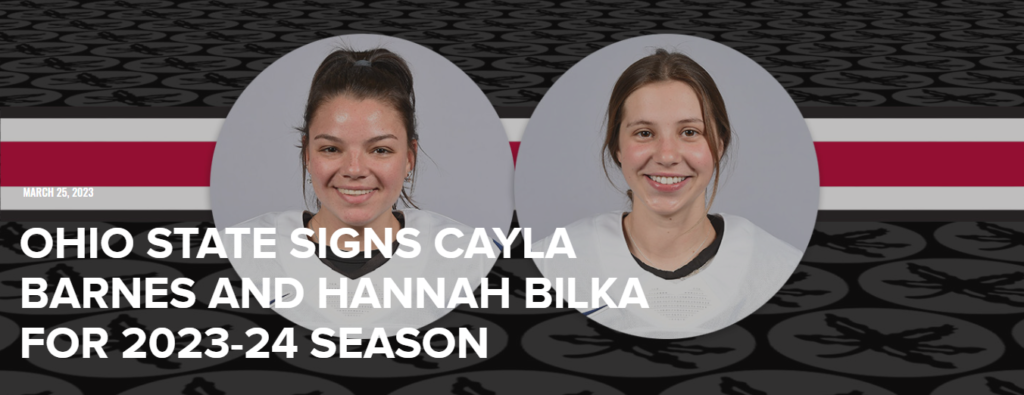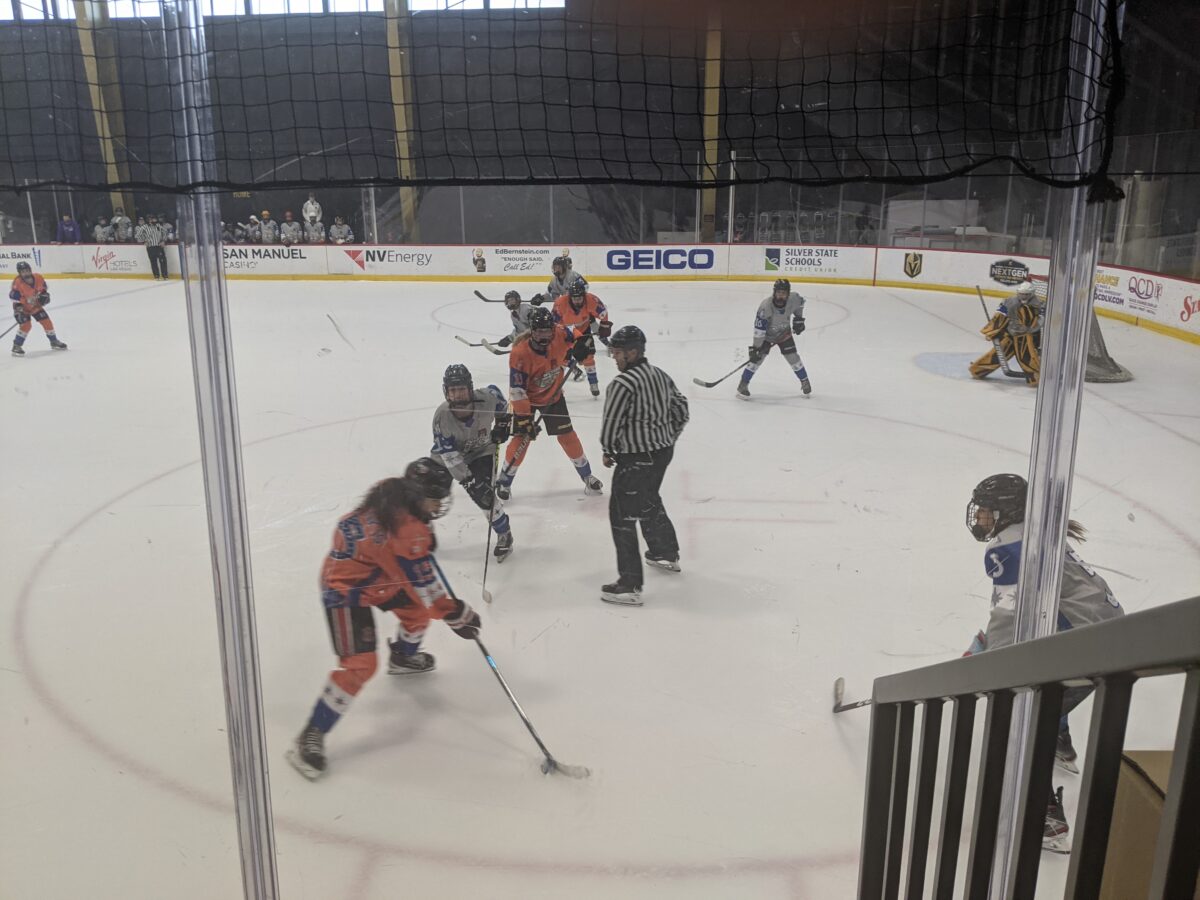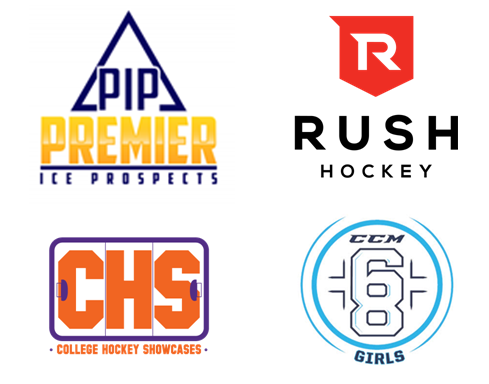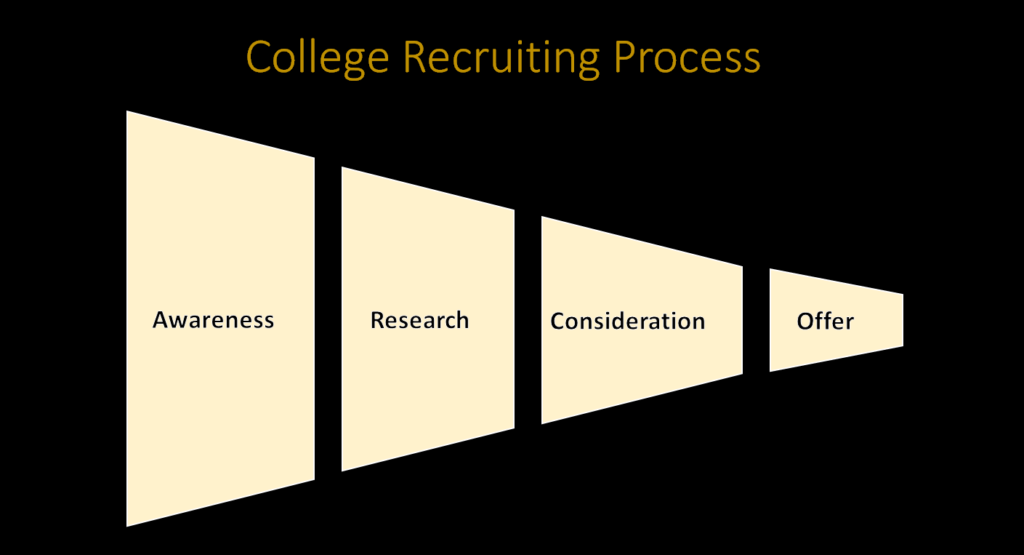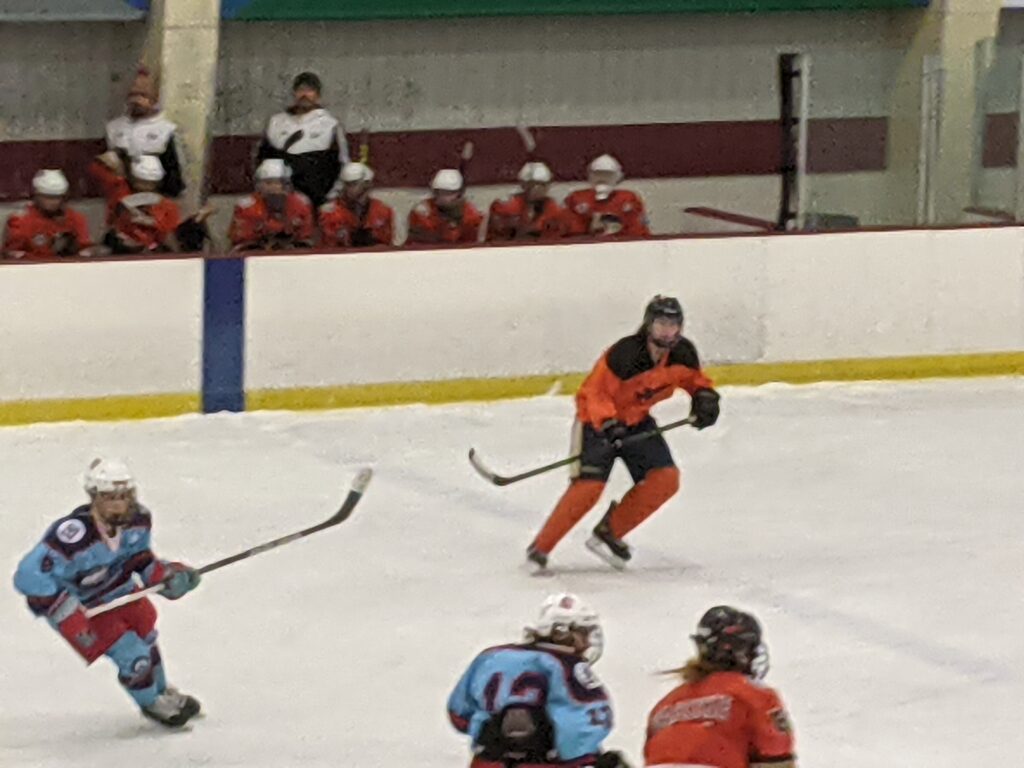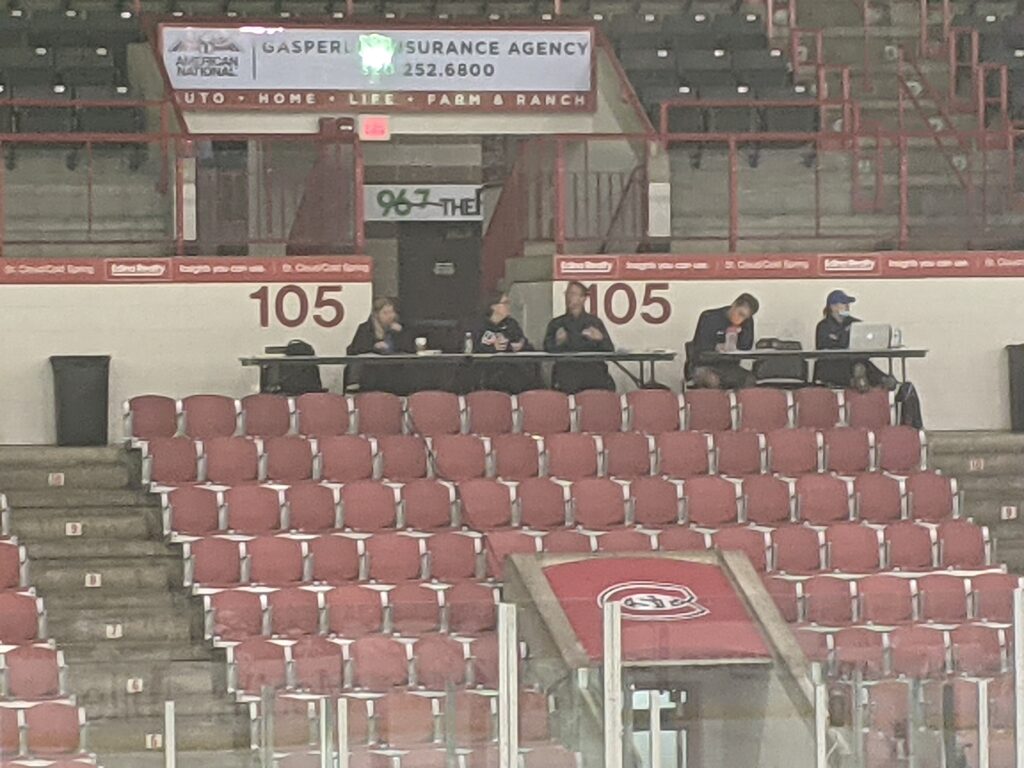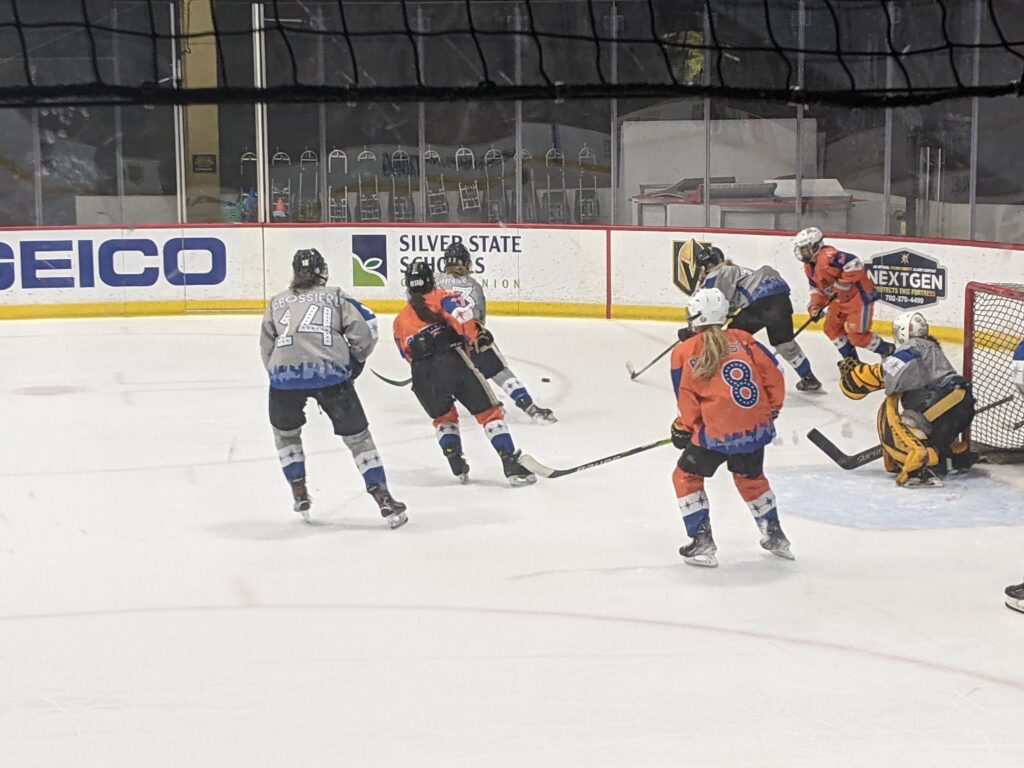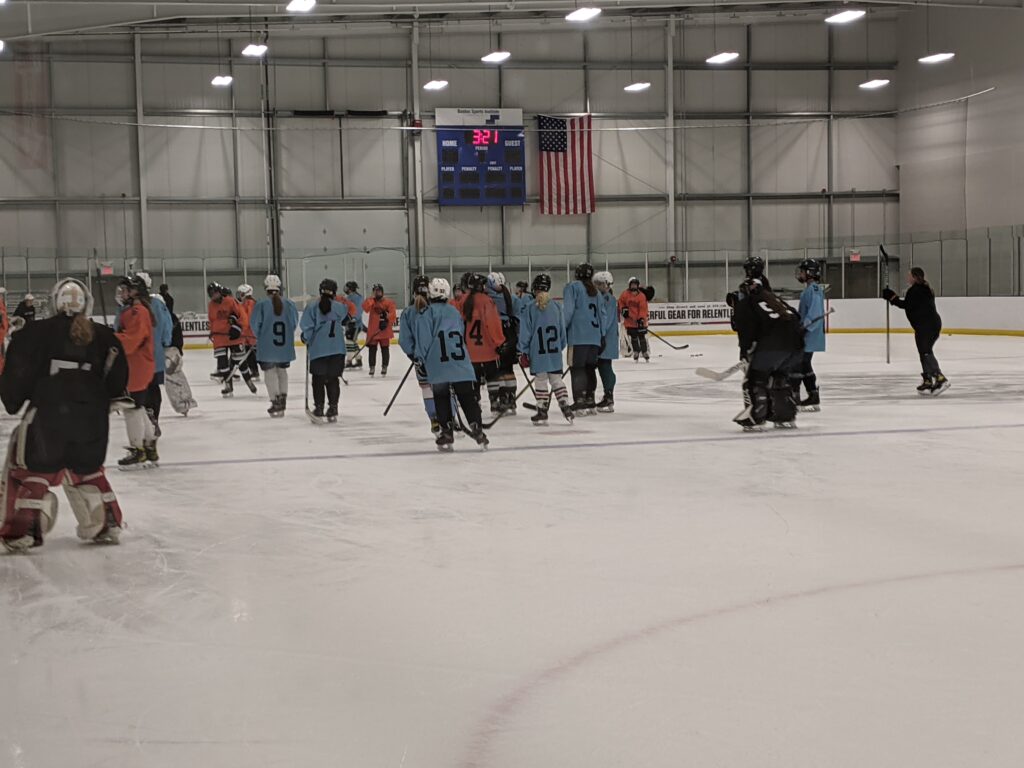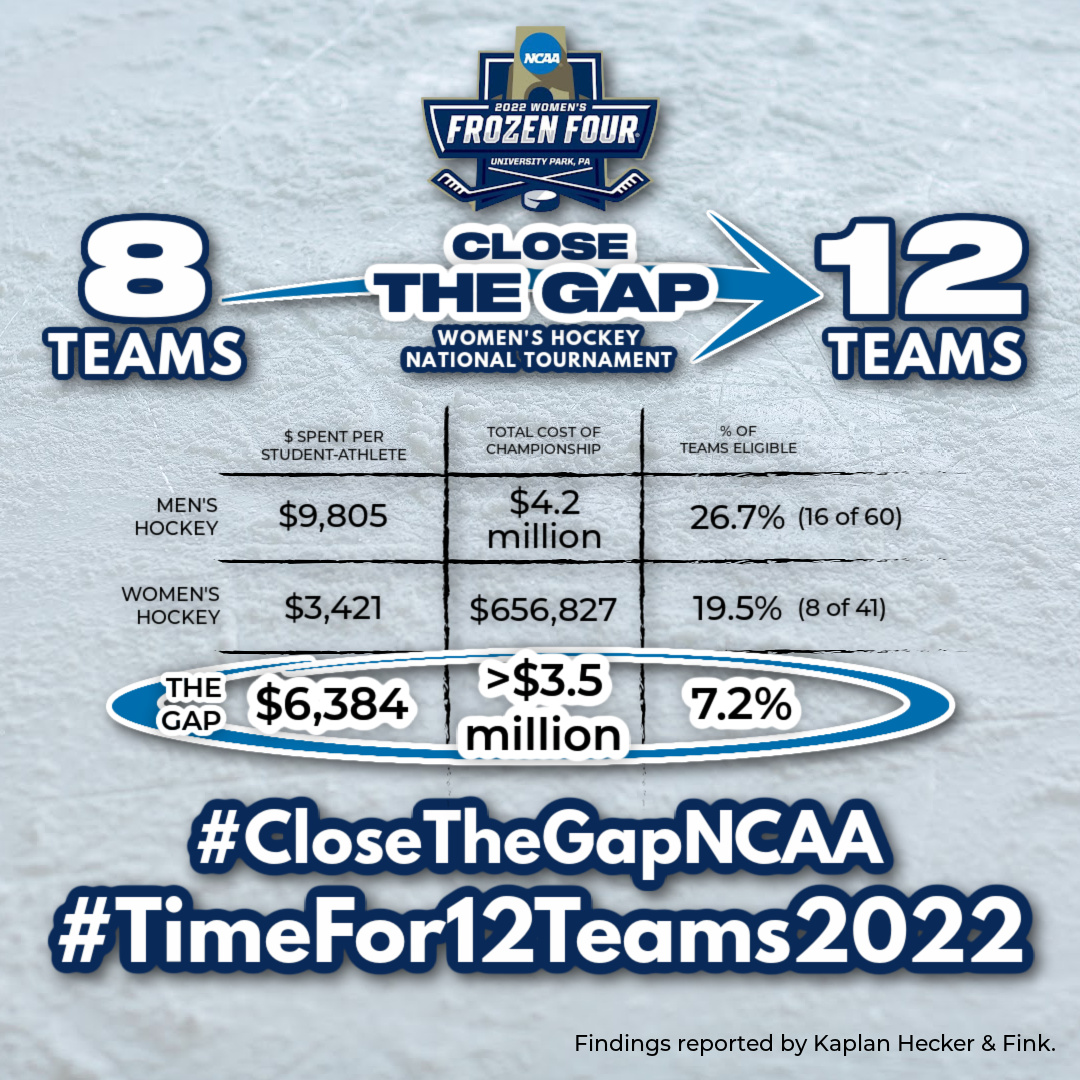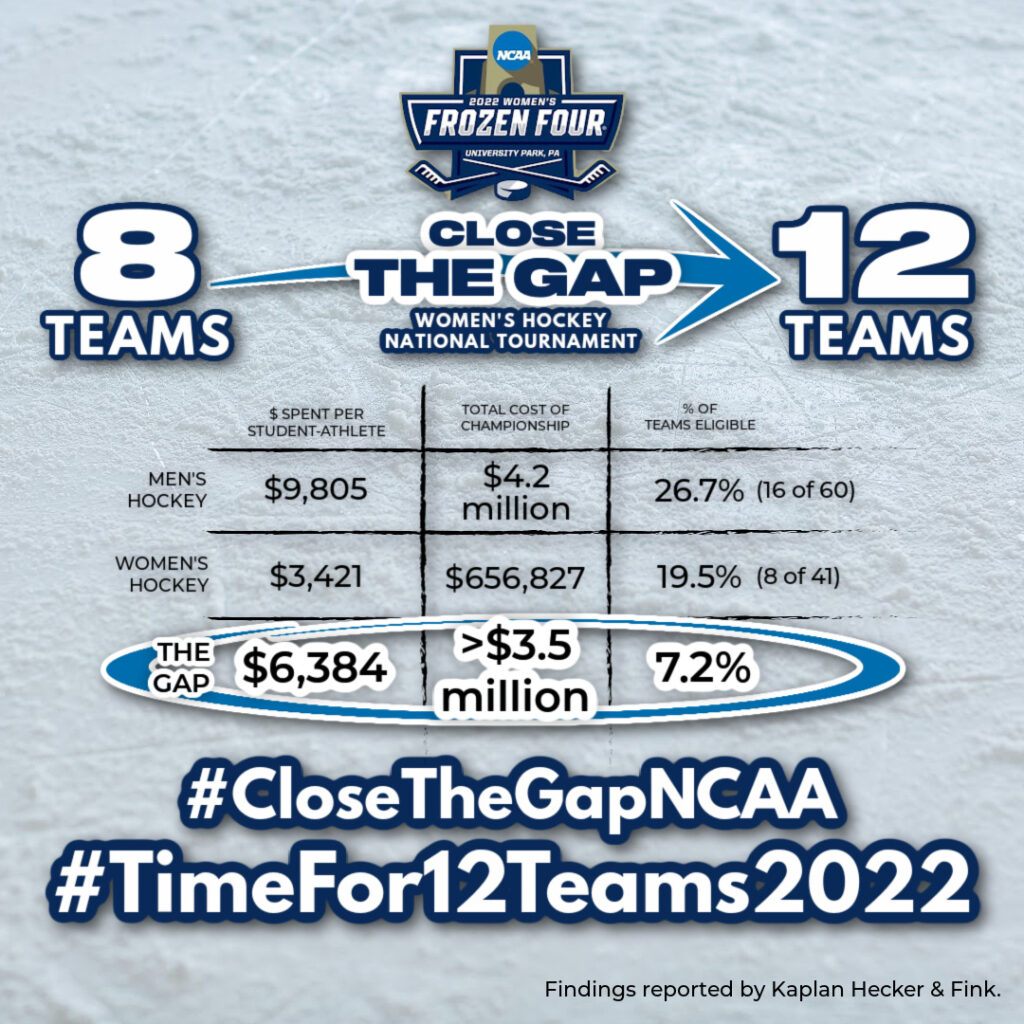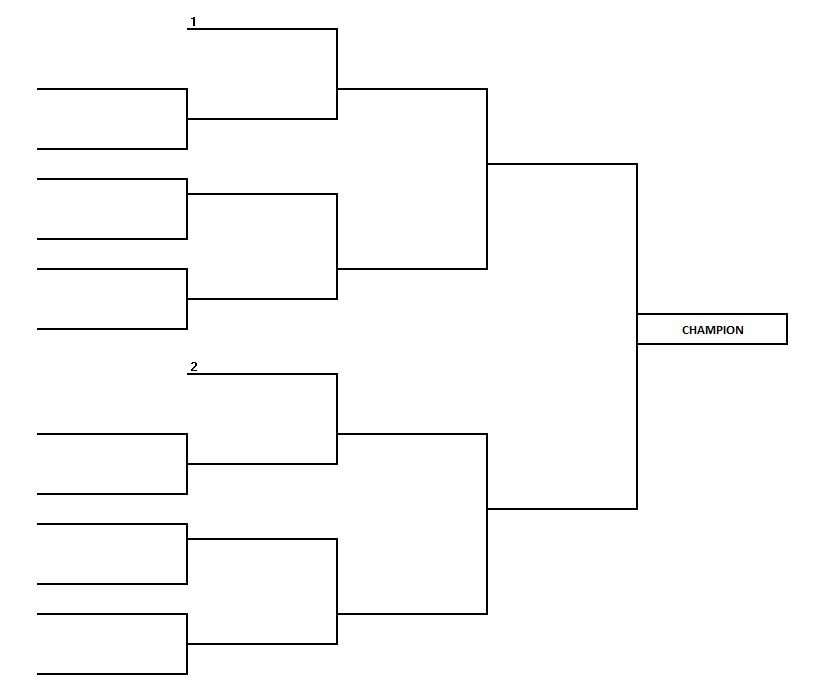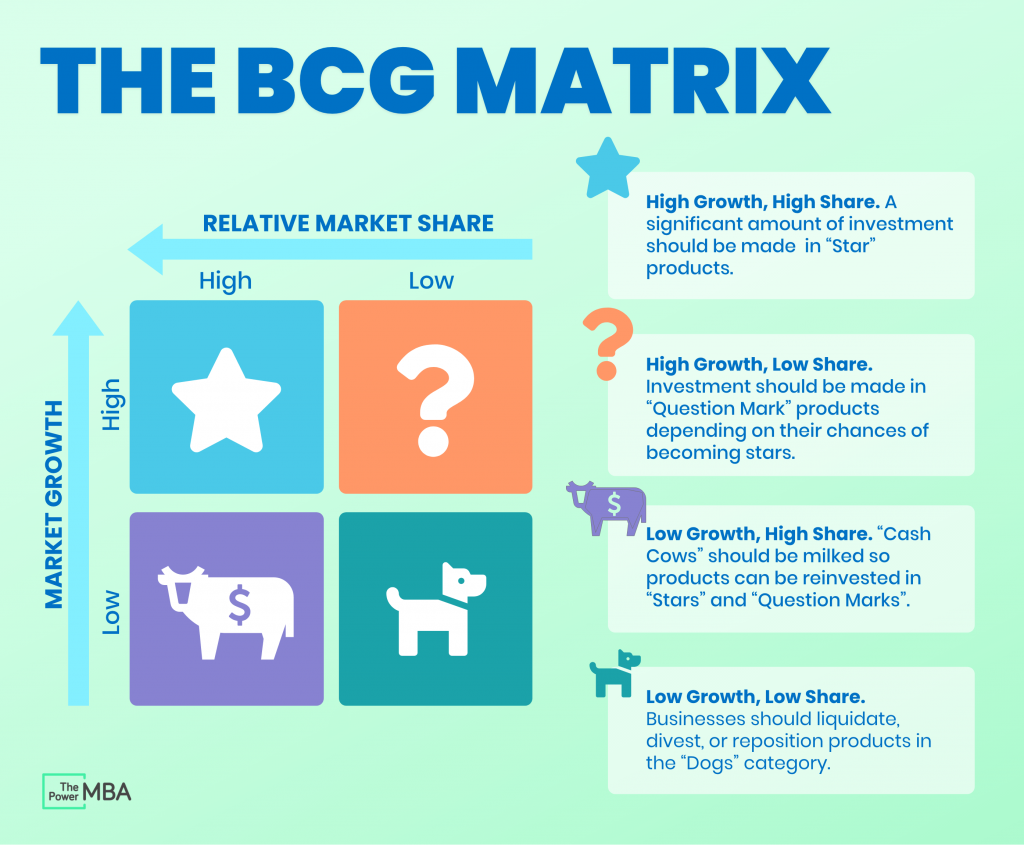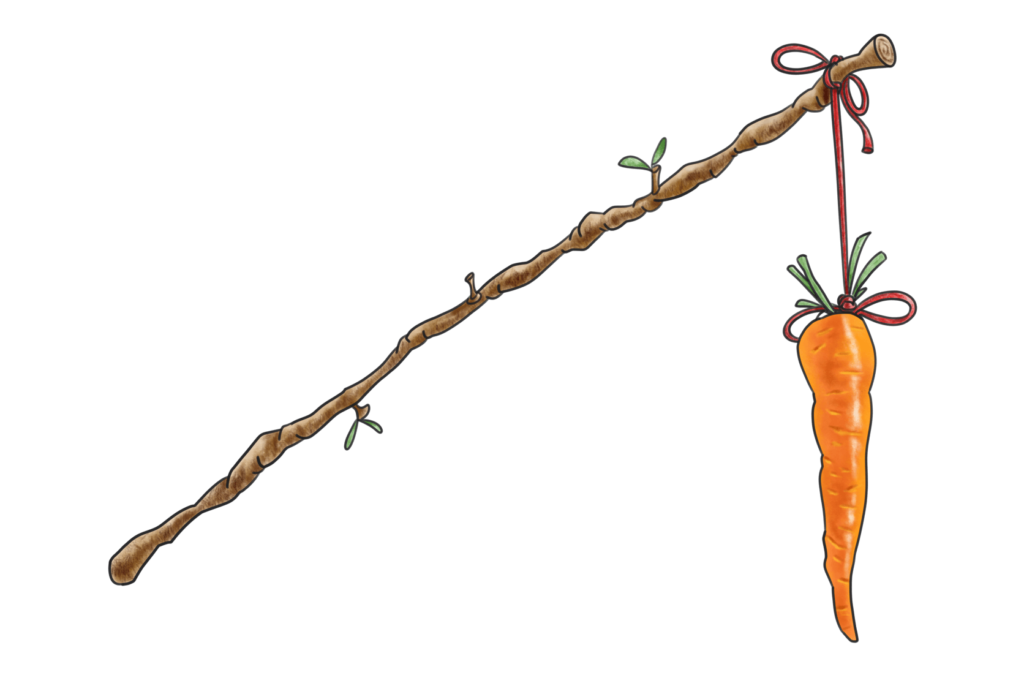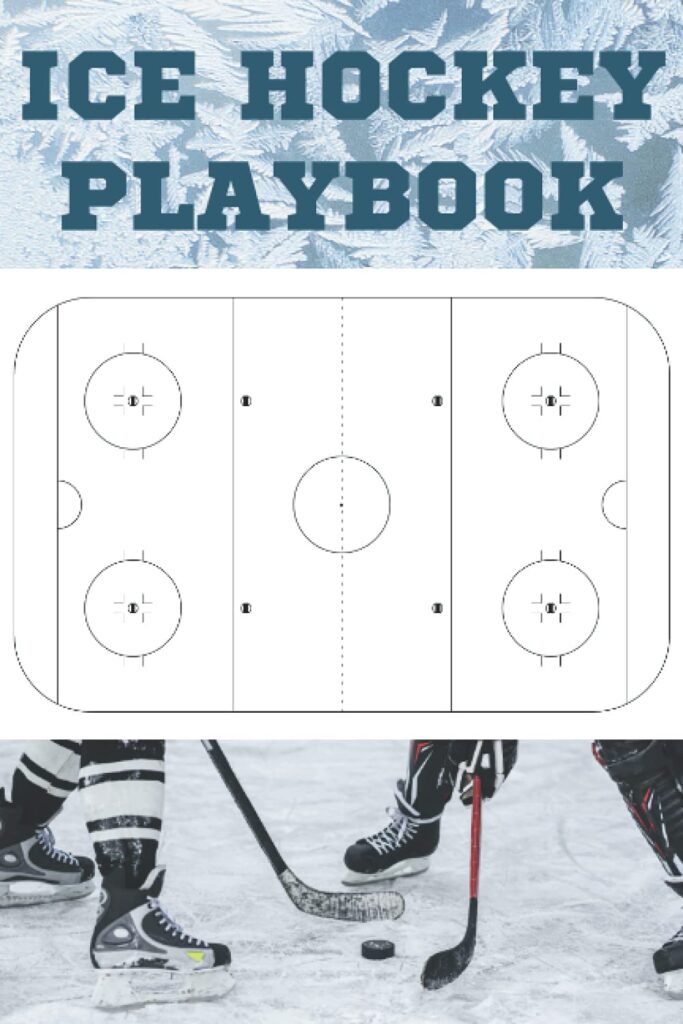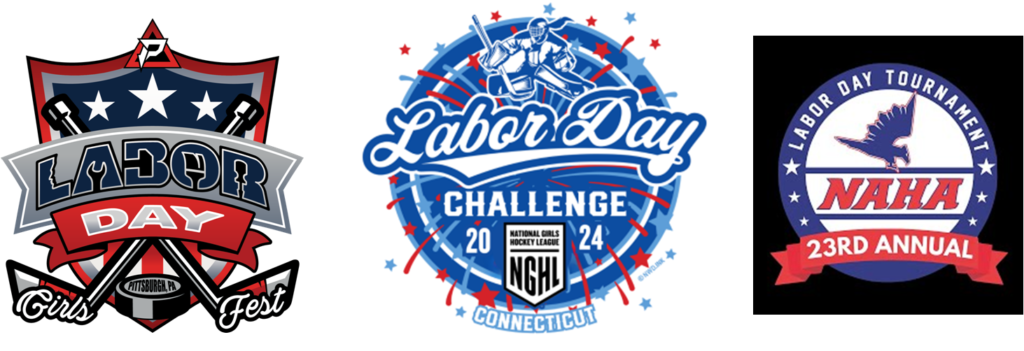
Labor Day weekend tournaments can be a bit of a conundrum for aspiring women’s college hockey players. On one hand, these events, such as the PIP Labor Day Girls Fest and the NAHA Labor Day Tournament, attract dozens of college scouts. On the other hand, these are often the first games of the season for many teams, so there are bound to be mistakes as players adjust to new teammates and systems.
So, how should a prospective college student-athlete approach this first weekend of hockey from a recruiting standpoint?
The answer depends on where you are in the recruiting process.
If You’re a 2027 High School Grad or Later
If you’re a 2027 grad or younger, the pressure is relatively low. While you’ll certainly be scouted during this first weekend, most Division I schools will also attend two or three additional high-profile events in September and October. These include the Stoney Creek Showcases, the RUSH Hockey Two Nations College Prep Series and the popular Minnesota Girls Elite NIT Tradition Tournament.
If you’re a DI-caliber player, as long as you perform reasonably well over Labor Day weekend, you’ll have multiple opportunities to showcase your skills at an even higher level in these future events. For example, if you’re a goalie and your team’s defensive structure isn’t quite solid yet, causing you to let in a few goals, don’t stress too much. Coaches understand that early-season games come with challenges, and there’s no need to be overly concerned about hitting peak performance in your first tournament.
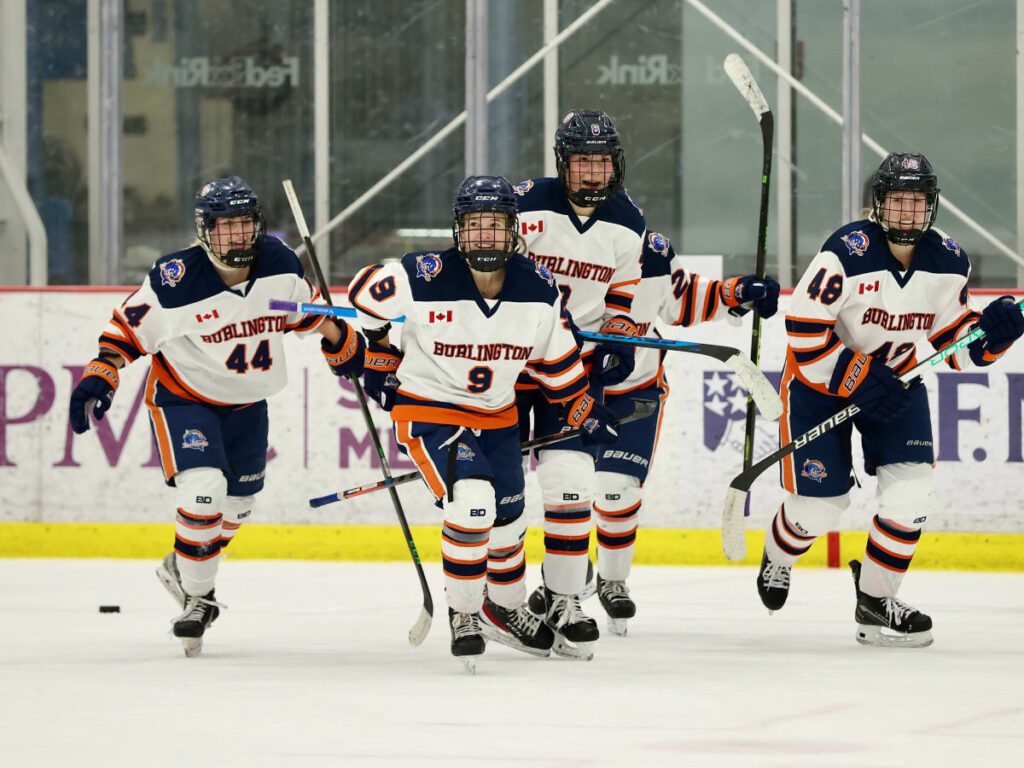
If You’re a 2025 or 2026 Grad
For 2025 and 2026 grads still looking to secure a college spot, the stakes are higher. Many 2026 players were contacted after June 15th but haven’t received offers yet; they’ve started conversations with schools and have been told by coaches that they’ll be watched “in the Fall.” Well, these are the games where you’ll be closely evaluated.
If you’re already in talks with some teams, or at least contacting schools with open spots, this could be one of your last chances to make a strong impression. Scouts will expect uncommitted players to have worked hard over the summer and to be ready to prove they’re capable of playing at the DI level. The margin for error is smaller for players in this group, so it’s important to demonstrate that you’re ready to take the next step in the recruiting process.
Additionally, be prepared to see many DI coaches that have already made offers to players to be talking to them in the lobby. After games, DI coaches will find their potential recruits and their parents to connect. Many times they will leave the rink together to go out for a meal. Don’t be discouraged if you aren’t approached by a DI coach, many times they have their own agenda at these events – sometimes it is scouting, sometimes it is just to close players with existing offers.
The Bottom Line
In any situation, you always want to be playing at your best. If you’re on track to play DI hockey, it’s unlikely that anything that happens this weekend will drastically change your trajectory. At worst, you’ll remain on a team’s radar, but some areas for development might be noted. However, if you’re already in discussions with schools and they’re trying to decide whether to make you an offer, there’s definitely pressure to perform. You need to show that you can be a top player at a tournament against strong competition, even this early in the season.
Ultimately, Labor Day weekend is an important milestone in the recruiting process, but it’s just one of many opportunities to prove yourself. Play hard, stay focused, and remember that this is just the beginning of the season.
To learn more about Planning for the 2024-25 Season, attend our CHAMPS+ Recruiting Webinar with Harry Rosenholtz from College Hockey Showcases – Thursday, August 22nd at 8 pm ET (5 pm PT). Free for CHAMPS+ Subscribers.

